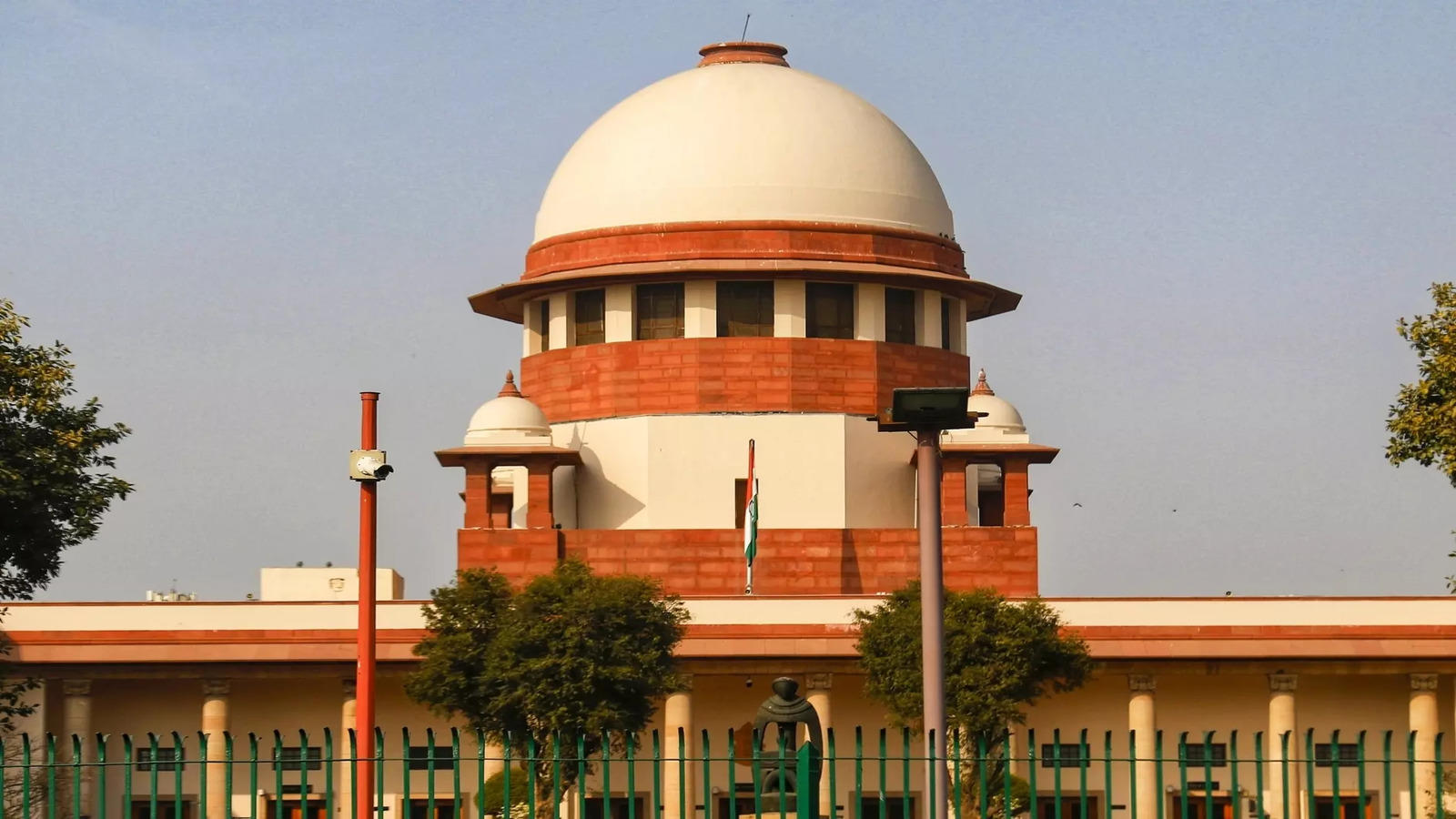The Indian government has reignited the debate over misinformation and free speech by challenging the Bombay High Court’s decision to strike down its fact-check amendment to the Information Technology Rules, 2021. In a special leave petition (SLP) filed with the Supreme Court, the Centre has argued that the amendment is constitutional and solely intended to curb the spread of intentional misinformation regarding government affairs.
The Core of the Dispute
The controversy stems from the April 2023 amendment that empowered the government to establish a Fact Check Unit (FCU) to identify and label “fake, false, or misleading” information related to the “business of the Central Government.” Critics—including journalists, digital rights activists, and media organizations—contend that such a unit, run by the government itself, could be misused to suppress dissent and independent journalism.
A division bench of the Bombay High Court initially delivered a split verdict on the amendment’s legality. Justice GS Patel raised concerns about the vagueness and potential misuse of the rule, while Justice Neela Gokhale viewed it as a necessary tool against disinformation. The matter was then referred to Justice AS Chandurkar, who ruled in favor of striking down the amendment, citing its failure to meet the constitutional test of proportionality and warning of its chilling effect on free speech.
Government’s Counterarguments
The Centre’s appeal rests on several key claims:
- Intentional Misinformation is Not Protected Speech – The government asserts that Article 19 of the Constitution, which guarantees free speech, does not extend to deliberately spreading falsehoods.
- No Compulsion for Content Removal – The FCU would merely “notify” intermediaries of flagged content, and they would only be expected to take “reasonable efforts” to prevent its circulation. Courts would ultimately decide what qualifies as reasonable action.
- Clarity in Definitions – While critics argue that terms like “fake” and “misleading” are vague, the Centre insists that these words have specific meanings in legal parlance and must be interpreted literally.
- Global Comparisons Are Irrelevant – The government has opposed applying U.S. free speech jurisprudence to India, emphasizing that the two legal frameworks are materially different.
- Checks and Balances Exist – The petition argues that multiple safeguards, including judicial oversight, ensure that the amendment does not lead to arbitrary censorship.
The Larger Implications
While the government insists the FCU is necessary to counteract the increasing spread of misinformation, opponents argue that allowing the executive to determine what qualifies as “misleading” news about itself sets a dangerous precedent. Concerns over the potential for misuse remain high.
The Supreme Court’s decision on this matter will shape the future of digital regulation in India. If the government’s appeal is upheld, it could redefine how misinformation is tackled, possibly at the cost of press freedom. If rejected, it would reaffirm judicial resistance to state-led content moderation, strengthening protections for independent media.
For now, the battle between free speech and misinformation regulation continues, with the Supreme Court holding the final say on how India navigates this complex terrain.

